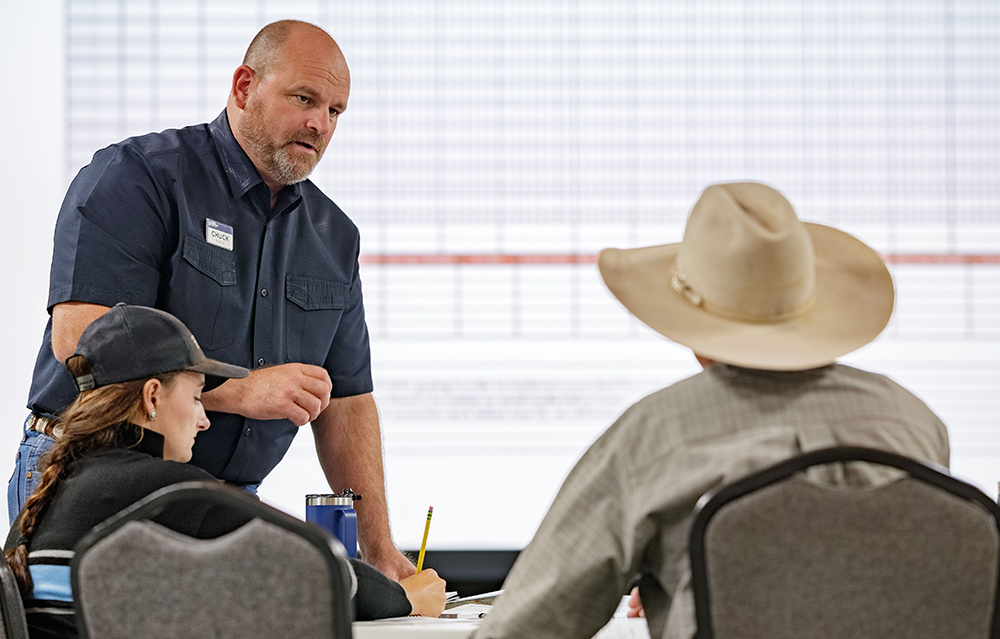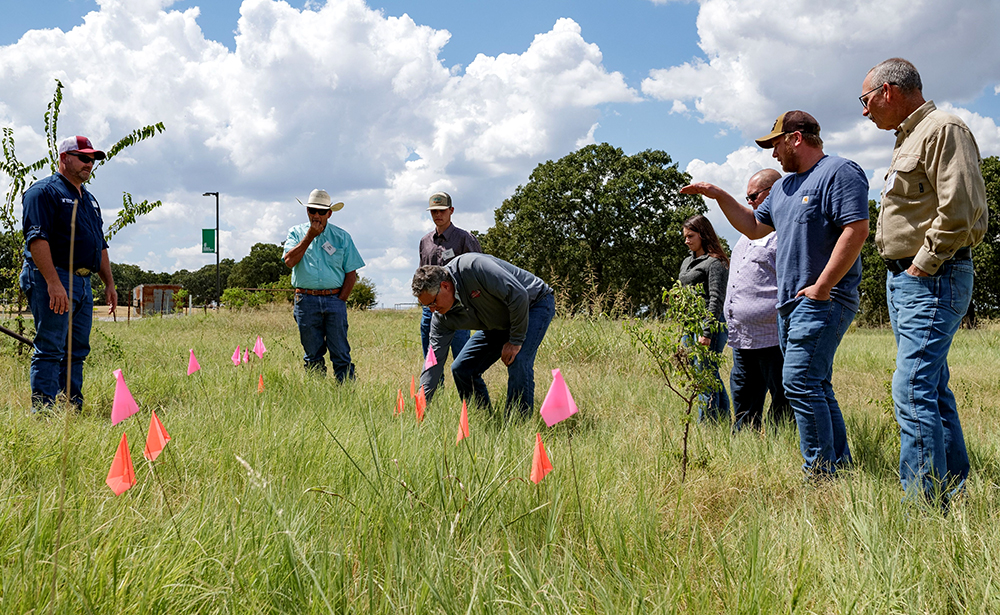Why You Need a Grazing Plan and How to Start One
Taking time to make and follow a grazing management plan pays many dividends.
A grazing plan is more than just a list of pasture moves. It is a tool to manage your land, livestock and time with intention and efficiency, guiding decisions that affect ranch profitability.
“A grazing management plan is sort of a roadmap to improving the grazing performance of your ranch,” says Josh Gaskamp, a facilitator for Noble Research Institute’s grazing courses. “It allows producers to take advantage of every acre and be most efficient and effective with forage allocation.”
Developing and using such a roadmap helps you plan for the expected and prepare for the unexpected. Gaskamp explains that a good grazing plan is more than just a record of daily moves.
“It’s a business management plan as well,” he says. “It allows producers to see risks like drought coming down the road and take advantage of markets when they are in a better state.”

Start with the basics
Begin by mapping out your pastures. Record the name of each pasture, the forage base and the number of grazeable acres. To compute grazeable acres, use aerial maps or online tools to measure total acres, then subtract the areas taken up by brush, water or roads.
Next, document your herd information. For example, one of Noble’s demonstration ranches includes 150 cow-calf pairs averaging 1,200 pounds along with 1,000 stocker goats averaging 100 pounds. Knowing your stocking rates for a grazing area helps you determine the number of days you have to graze before you run out of forage.
Mark important dates on your plan as well. These include family vacations, calving, weaning and any infrastructure projects.
“You don’t want the cattle grazing in the pasture with the weakest fence while you’re on vacation,” Gaskamp says. Highlighting these dates helps avoid headaches later.

Think strategically
Gaskamp recommends identifying “decision points” throughout your season. These are times when you may need to adjust based on rainfall, forage availability or market prices.
For example:
- If rainfall is below normal in spring, measure forage availability and implement the destocking plan.
- If goat prices exceed $3.30 per pound, sell the culls immediately.
These decision points help you respond with purpose instead of scrambling in the moment.
Sketch out the season
Once the details are in place, begin penciling in your livestock movements. Gaskamp suggests color-coding to keep things clear. For example, cows – color coded in blue – graze the house pasture for six days in April, followed by goats – color coded in orange – using what the cows left behind. This leader-follower strategy helps optimize forage use, maximizing the opportunities your ranch’s forage base can provide.
By planning the sequence and timing of moves, you make better use of each pasture and can avoid problems before they happen.
“If you hadn’t done this on a plan, you wouldn’t be taking advantage of every acre,” Gaskamp says.
A grazing plan helps you manage land and livestock with purpose. It brings clarity to your season and flexibility to your operation. If you’re ready to go deeper, consider attending Noble’s Business of Grazing course. You’ll learn how to build your plan, make economic decisions and evaluate infrastructure investments. Visit noble.org to find a course near you.
Comment
Leave a Reply
2 comment on: "Why You Need a Grazing Plan and How to Start One""



Bruce H Albrecht
July 30, 2025How do I get updated map of my property to begin this process?
Kayla, Noble Research Institute
July 31, 2025Hey Bruce, we use Google Earth Pro. Search for your land, then select the ‘Save Image’ icon at the top of the toolbar. Thanks for asking!